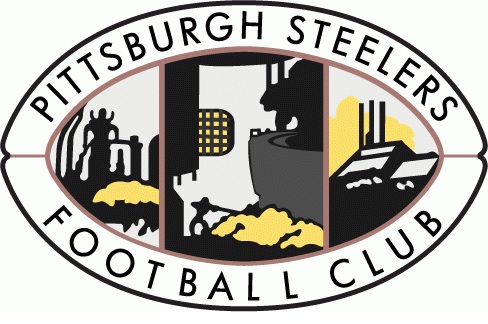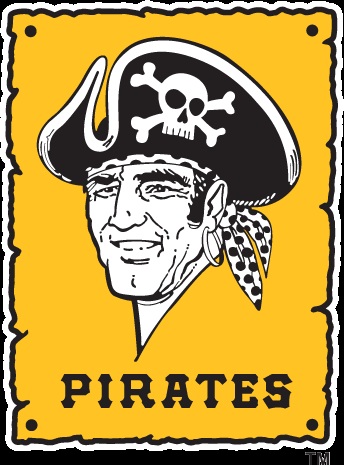We live in a right now, knee jerk, gotta have it yesterday, instantaneous society. It’s a fact that’s tough to argue against when fewer and fewer people are willing to wait a day for their news in a paper and prefer to get breaking information over their Twitter feed, whether it’s confirmed as true or not. It’s a reactionary culture that’s quick to condemn, redeem or otherwise forget anyone or anything that seems to impact our existence at any given time.
Because sports tend to be a large part of many of our lives, it’s not surprising how quickly we decide what the state of our teams are or will be in the near future.
A good example is the firing today of Los Angeles Lakers coach Mike Brown after FIVE games. Did he deserve it? Maybe, but it seemed like a knee-jerk reaction to say the least.
Or how about the Duke lacrosse scandal a few years ago? That team was condemned by the media and public for alleged sexual assault crimes, only to be pardoned after due process and ultimately forgiven.
As difficult as it may be and as frustrating as it sounds, everybody needs to slow down and take a breath. We must all wait a bit to gather our thoughts and let the world play out before we pound the gavel and execute or dismiss. And because of recent events in the Steel City, this is especially true for Pittsburgh sports fans.
Last Sunday, the Steelers executed their finest win of the season, defeating the Super Bowl champion Giants 24-20. And despite horrendous officiating, the Steelers dominated much more than the final score suggested. Eli Manning – the owner of two very large rings and two MVPs to go with them – was held to just 125 yards and completed only 10 completions on 24 attempts. The Giants passing game was stagnant. Their run game was stifled (the G-Men racked up only 68 yards on the ground).
Not only was it an outstanding defensive performance reminiscent of the Steel Curtain teams fans fondly remember, the black and gold also put together a sound performance on the offensive side of the ball. Ben Roethlisberger went 21-30 and threw for 216 yards, two touchdowns and one pick. Back-up running back Isaac Redman carried the ball 26 times for 147 yards and a touchdown. The offensive line opened up holes big enough to drive a garbage truck through. The pass game clicked. The run game cruised. Everything went to plan.
Just about every way you look at it, this game was in stark contrast to what the Steelers looked like through the first five games of the season. At that point, they were 2-3 and suffered brutal losses including two to the Raiders and Titans, two of the worst teams in the league. Pittsburgh ranked dead-last in rushing and the defense allowed an average of 23 points per game while blowing a number of fourth-quarter leads.
They just didn’t look like the Steelers. Had the Browns changed their colors to black and gold? Did Mike Tomlin and Dick LeBeau go on mental vacations?
But after leaving Tennessee with their tail between their legs following a 26-23 loss, it seemed like something started to click. The game plans looked better and the execution was far superior. They went into Cincinnati and shut down Andy Dalton and A.J. Green (who is a top-five receiver in the NFL this year). Pittsburgh trounced rookie phenom and the Redskins 27-12. They finally looked like the Steelers again and everyone’s doubts went out the window and started to drown at the confluence of the Monongahela and Allegheny rivers.
But the problem is, there was never any reason to hit the panic button in the first place, even after losing to Oakland and Tennessee. Sure, the team looked out of sorts, but it was still quite early in the season and the rest of the AFC (minus the Houston Texans) looked no better. Pundits on national radio and television were killing the Steelers. Colin Cowheard of ESPN Radio said that the Steelers were too old defensively and they couldn’t produce well enough to be an upper-echelon team. Now the Steelers are 5-3, only one game back of first place in the AFC North and everyone is once again calling them contenders.
Here’s some advice to all fans and media: Avoid the waffling in the first place and wait until at least halfway through a season before declaring this or that about any team in professional sports. There’s something called a turnaround and we should all be well aware of it by watching the Giants the past few years. If they’ve taught us anything, it’s that all you have to do is make it to the postseason and then anything is possible.
Pirates fans learned this lesson the hard way over the last two years. The team started off their last two campaigns in excellent fashion. Both teams spent time in first place in the NL central division and it appeared that they would be locks to end 19- and 20-year losing skids. But both collapsed. We were all left wondering what happened and how it was possible. But it certainly was possible, if it wasn’t realistic, for both the 2011 and 2012 Pirates to blow up winning seasons because that’s sports. It’s not predictable in many cases for better or for worse. That’s what makes them great in the first place. Anything can happen.
And even now after Pirates owner Bob Nutting has decided that his inexperienced, sometimes hair-brained front office is staying intact, that doesn’t mean the team can’t have a winning season in 2013. Does it seem likely? Absolutely not. But stranger things have happened. I suppose it might be easier to expect the Pirates to be bad next season so that if we are surprised, it’s a pleasant one.
The same goes for the Penguins last year. With Sidney Crosby, Evgeni Malkin, Kris Letang and Marc-Andre Fluery, we’ve come to expect greatness from the Penguins recently. Not just Pittsburghers either. Last season, Vegas had the Penguins pegged as the odds-on favorite to win the Stanley Cup. And after the regular season, it looked increasingly likely. The Pens finished second in the East and with Sidney Crosby finally healthy again and Evgeni Malkin having assumed the role of best player in the world, the only team that could beat the Penguins was the Penguins.But then they clashed with the Flyers in a less-than-heroic fashion and were defeated in six games. And entire season blew up in two weeks. Fluery, who had won a Cup in 2009, looked like Swiss cheeses as pucks easily found their way past him. Evgeni Malkin didn’t look the same as he did as the MVP in the regular season. Everyone let their expectations get the better of them because the Penguins were SUPPOSED to win. And should the NHL season happen this year, the Penguins are again the favorites to win it all.
Let’s just hold off on that judgement now.
Is it possible the Penguins and Pirates will collapse again? Yes. Is it likely? For the Penguins, no. For the Pirates. Maybe. But we shouldn’t engrave Sidney Crosby on the Cup yet and we shouldn’t fire Clint Hurdle before the season begins.
It’s best not to let any expectations get in the way of our sports. Just watch, listen and enjoy. Let the surprises work themselves out and let fate do what it does.
The 18th-century English poet Alexander Pope may have put it best when he said “Blessed is he who expects nothing, for he shall never be disappointed.”





























